Life changes can be challenging not only for us but also for our feline companions. Cats are creatures of habit, and any disruption to their routine can cause stress and anxiety. Whether it’s moving to a new home, introducing a new family member, or even a change in your daily schedule, helping your cat adjust is crucial for their well-being. Here’s a comprehensive guide on how to support your furry friend through major life changes with love and understanding.
Understanding Your Cat’s Behavior
Cats have a unique way of communicating, and understanding their behavior is the first step in helping them through changes. Pay close attention to signs of stress like excessive grooming, hiding, or changes in appetite. Cats often express discomfort through body language, so observing their ears, tail, and posture can provide insights into their emotional state. Keep in mind that every cat is different; while one may become more clingy, another might prefer solitude. Knowing these nuances helps in tailoring support specific to your cat’s needs.
Creating a Safe Space
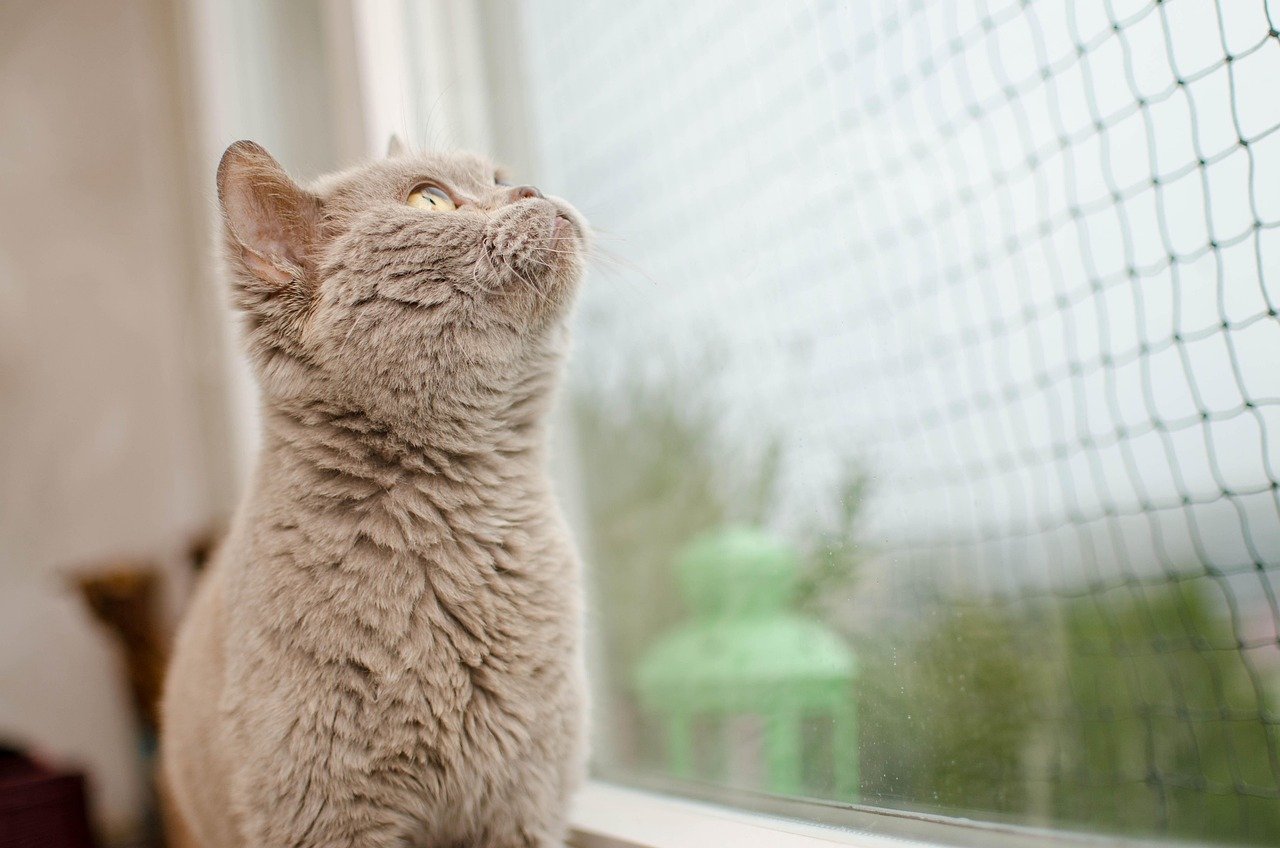
Providing a safe and familiar environment is essential when your cat is dealing with a major life change. Ensure they have a quiet area where they can retreat and feel secure. This space should include their favorite bed, toys, and perhaps a piece of your clothing that carries your scent. A comfortable hideout can act as a sanctuary where your cat can escape the chaos and feel at ease. It’s like having a cozy blanket that reminds them of stability and comfort amidst the storm of change.
Maintaining a Routine

Cats thrive on routine, so maintaining a consistent schedule is crucial. Try to feed, play, and engage with your cat at the same times each day, even if everything else is changing. Keeping a routine provides a sense of normalcy that can alleviate anxiety. Think of it as a lighthouse guiding your cat through a foggy sea; the predictability of their routine offers reassurance and familiarity. The more you can anchor their daily activities, the smoother the transition will be for your feline friend.
Gradual Introduction to New Environments
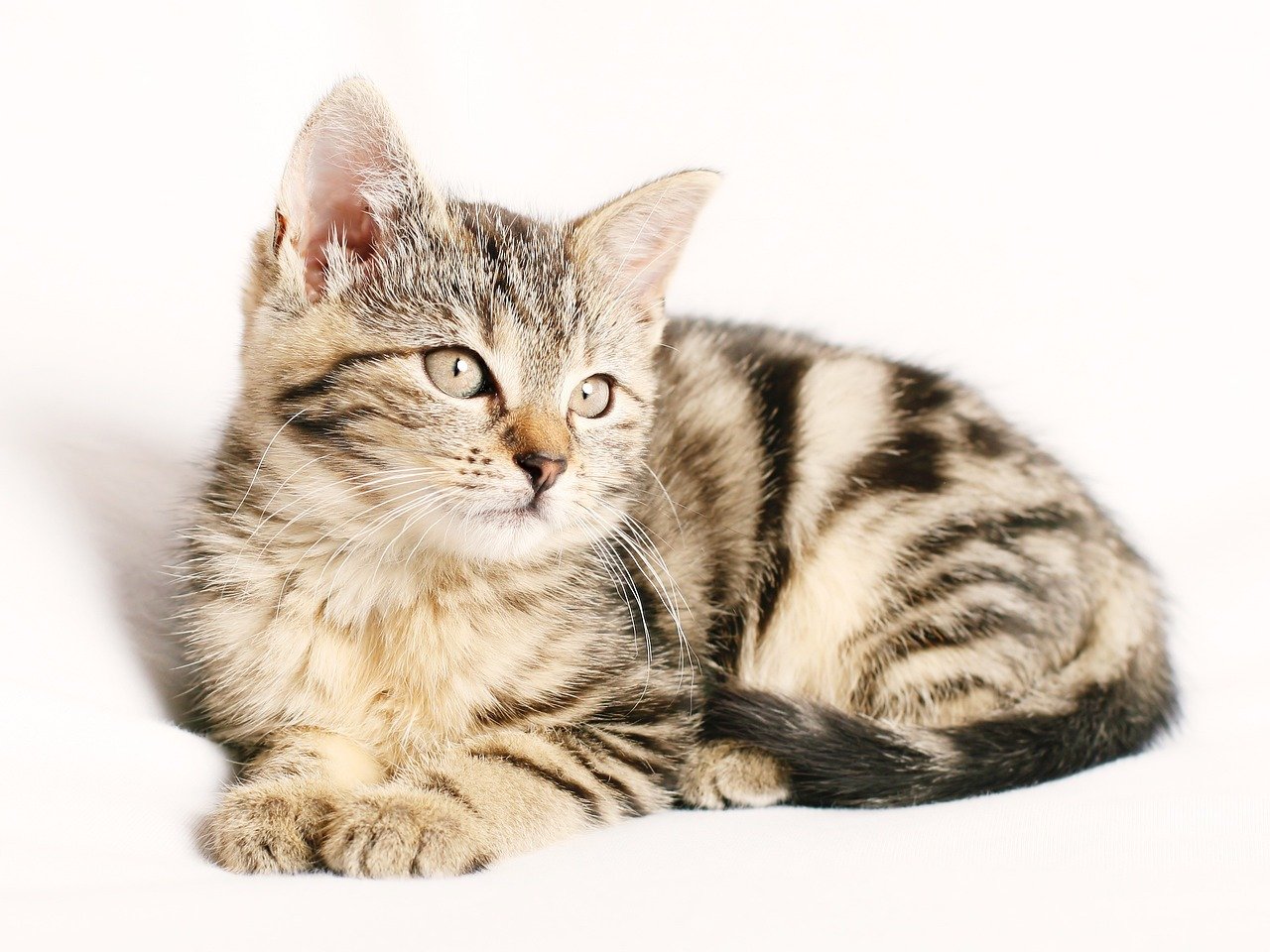
If you’re moving to a new home, introduce your cat to the new environment gradually. Start by confining them to one room with their belongings before allowing them to explore the entire house. This method prevents overwhelming them with too much change at once. Like dipping your toes into cold water before diving in, this gradual approach helps your cat adapt at their own pace. Once they seem comfortable, you can slowly expand their territory to include the rest of the home.
Using Familiar Scents
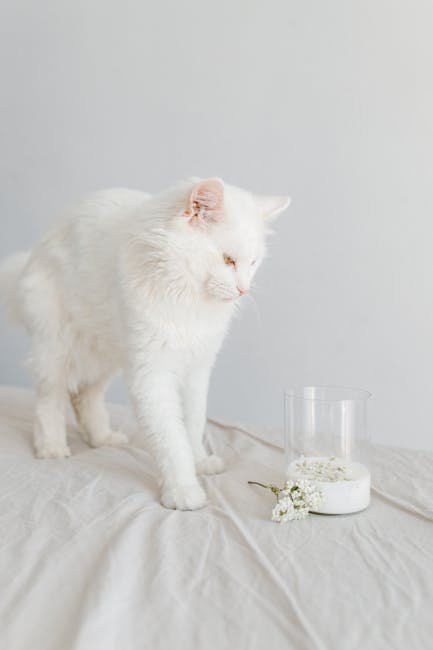
Cats heavily rely on their sense of smell, so incorporating familiar scents can ease their transition. Rub a cloth on your cat’s cheeks and then on furniture in the new environment to transfer their scent. This action marks the area as familiar and safe for your cat. It’s akin to putting on a favorite sweater that smells of home; it provides comfort and a sense of belonging. The more your cat’s scent is present, the quicker they’ll accept the new surroundings.
Introducing New Family Members
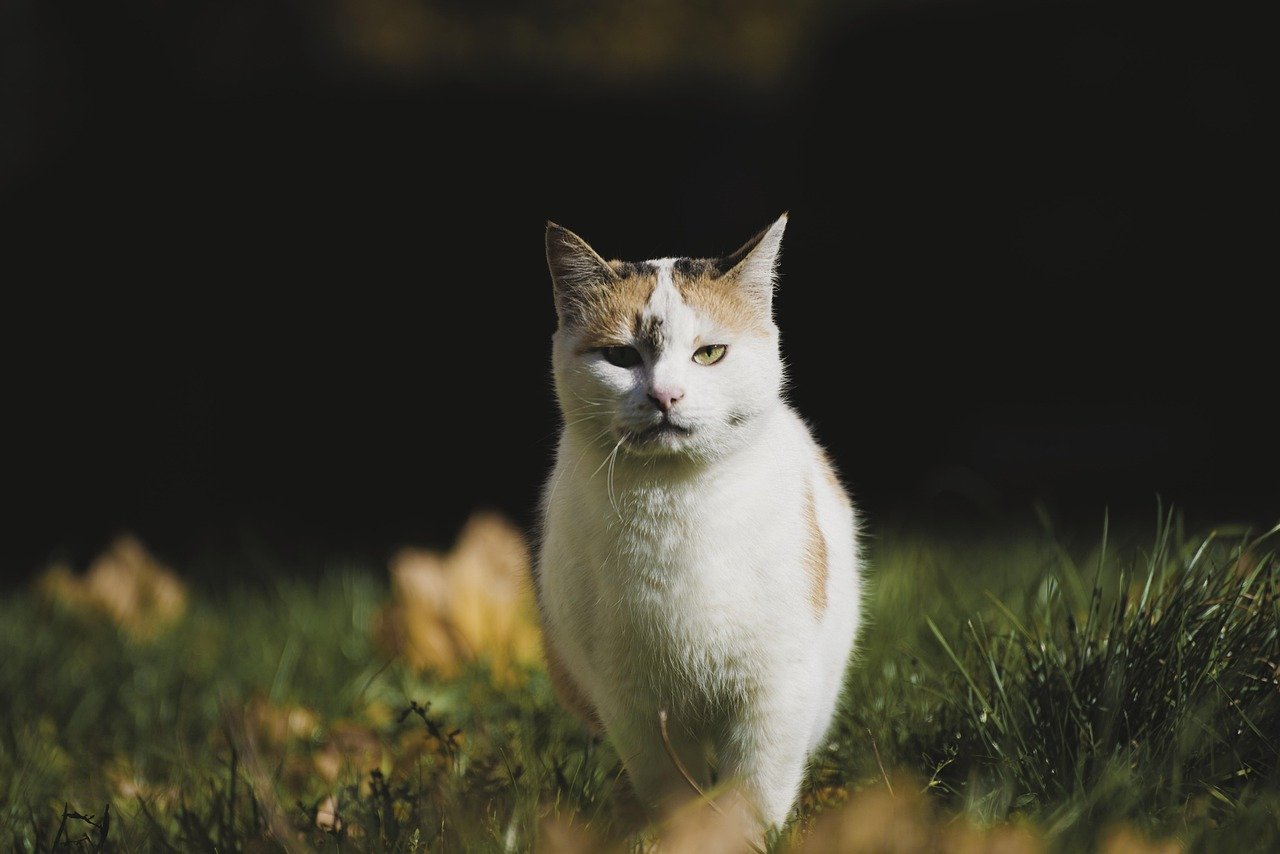
Whether it’s a new pet or human, introductions should be handled with care. Start by allowing your cat to sniff the newcomer’s belongings before a face-to-face meeting. Gradual exposure helps reduce anxiety and fosters positive associations. Think of it like meeting someone new at a party; a gentle introduction is often better than a sudden, overwhelming encounter. Patience is key, and allowing your cat to set the pace can lead to a smoother transition.
Providing Mental Stimulation
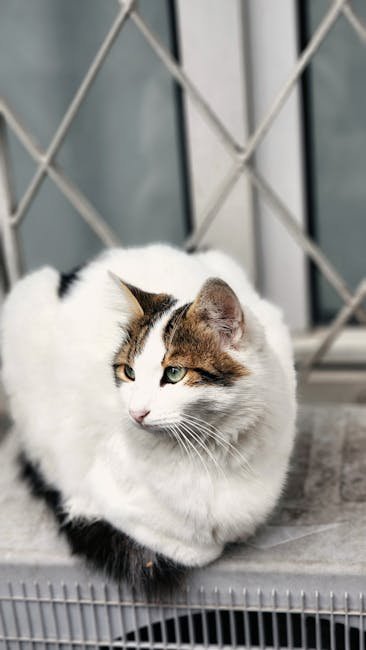
Keeping your cat’s mind engaged is vital during times of change. Introduce new toys, interactive games, or puzzle feeders to provide mental stimulation and distract them from stress. Just as humans might read a book or solve puzzles to unwind, cats need activities that challenge their minds. This not only alleviates boredom but also promotes a sense of accomplishment and joy. A happy, occupied cat is more likely to adjust positively to new circumstances.
Ensuring Physical Comfort

Physical comfort is as important as mental well-being. Ensure your cat has a cozy bed, clean litter box, and access to fresh water and food. Any discomfort in these basic needs can exacerbate stress levels. Imagine facing a challenging day without the comfort of your bed or a good meal; it would make everything seem more daunting. Providing a comfortable environment lays the foundation for a smoother transition, helping your cat feel secure and loved.
Using Calming Products
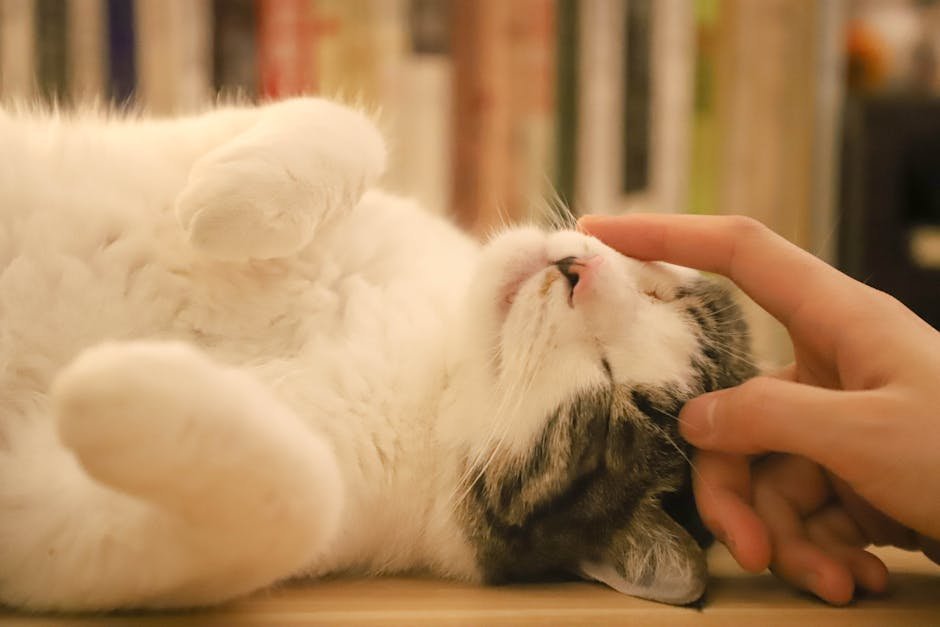
There are various calming products available that can help ease your cat’s anxiety. Pheromone diffusers, calming collars, or sprays can create a soothing atmosphere. These products mimic natural feline pheromones, promoting a sense of calm and security. It’s like playing soft, calming music in a stressful situation; these subtle aids can have a significant impact on your cat’s emotional state. Always consult with your vet before trying new products to ensure they’re suitable for your pet.
Building Trust Through Positive Reinforcement
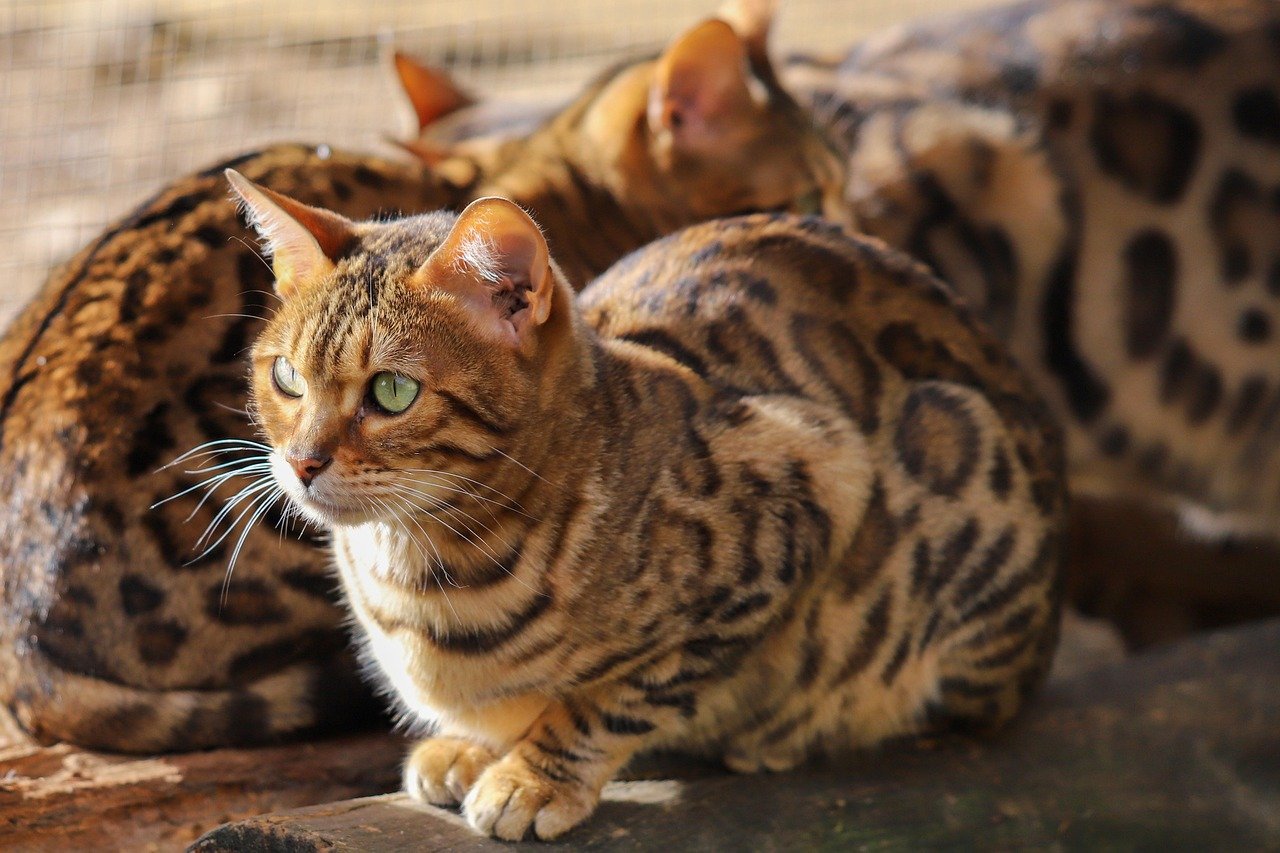
During times of change, positive reinforcement can strengthen your bond with your cat. Reward them with treats, praise, or extra affection when they show signs of bravery or calmness. This encourages them to associate new experiences with positive outcomes. It’s similar to receiving a pat on the back after doing well at work; it reinforces good behavior and boosts confidence. A little encouragement goes a long way in helping your cat navigate new challenges.
Monitoring Health and Well-being

Major life changes can sometimes mask underlying health issues. Keep an eye on your cat’s physical health, and consult a veterinarian if you notice any persistent changes in behavior or appetite. Regular check-ups ensure that stress isn’t affecting their overall well-being. Think of it as a preventive measure, like getting your car serviced before a long journey. Ensuring your cat is healthy will give you peace of mind and help them cope better with changes.
Being Patient and Understanding
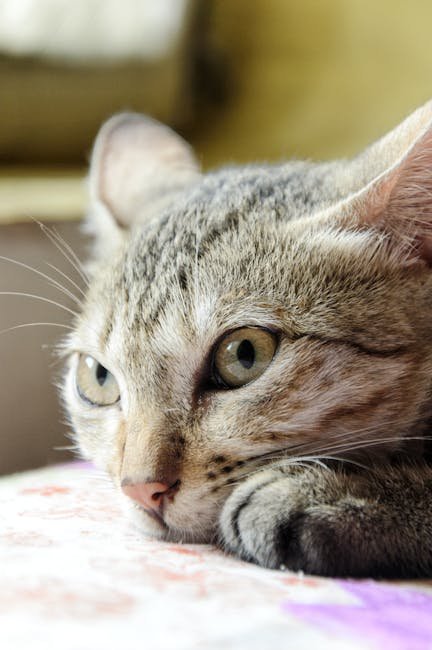
Patience is perhaps the most valuable tool in helping your cat adjust. Understand that they may take time to adapt, and forcing them to accept changes too quickly can backfire. Be gentle, and allow them to process at their own pace. It’s like learning a new skill; everyone progresses differently, and pressure can hinder growth. By offering understanding and support, you create a nurturing environment where your cat can flourish despite the changes.
Communicating with Your Veterinarian
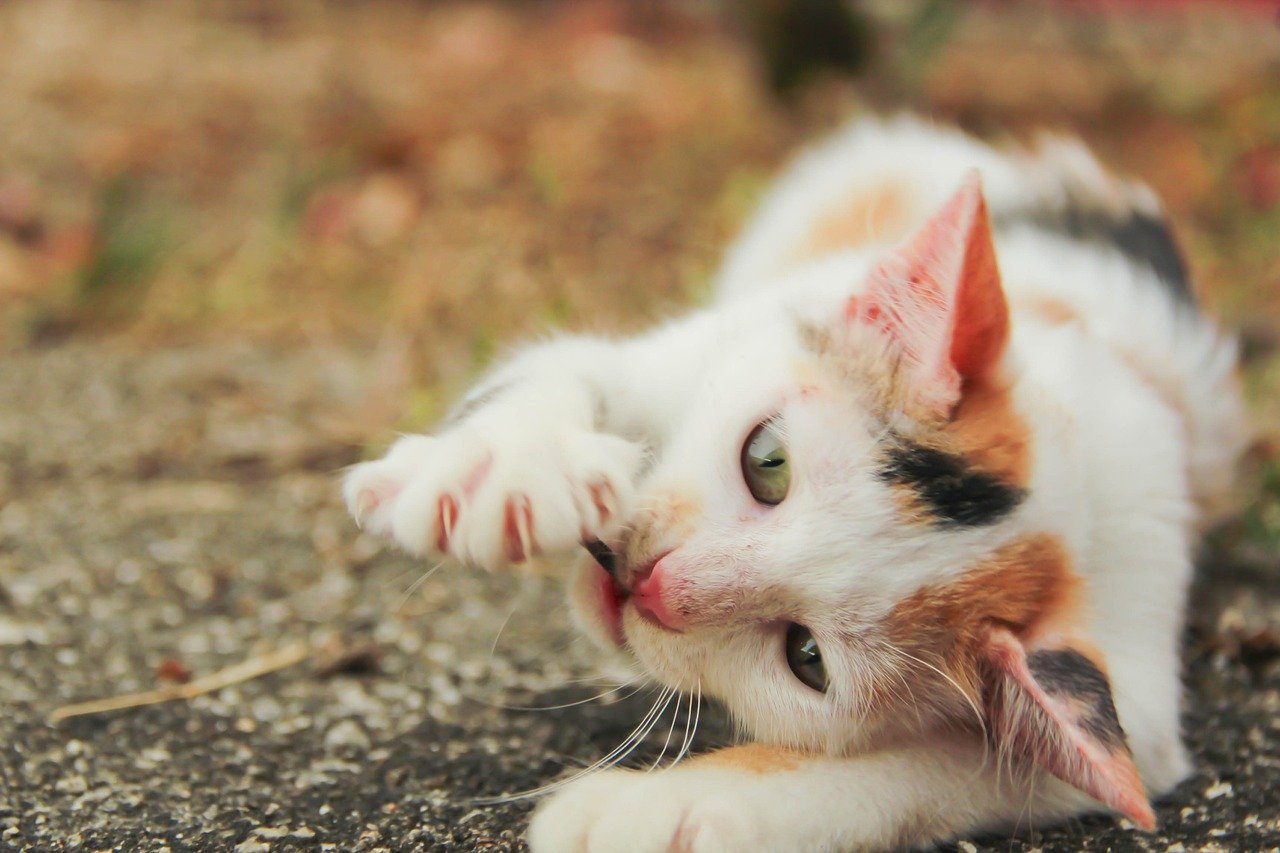
If you’re concerned about your cat’s reaction to changes, don’t hesitate to reach out to a veterinarian. They can offer professional advice and recommend strategies or medications if necessary. Think of your vet as a trusted advisor, much like a therapist guiding you through tough times. They can provide valuable insights and ensure that your cat receives the best possible care during transitions.
Encouraging Socialization
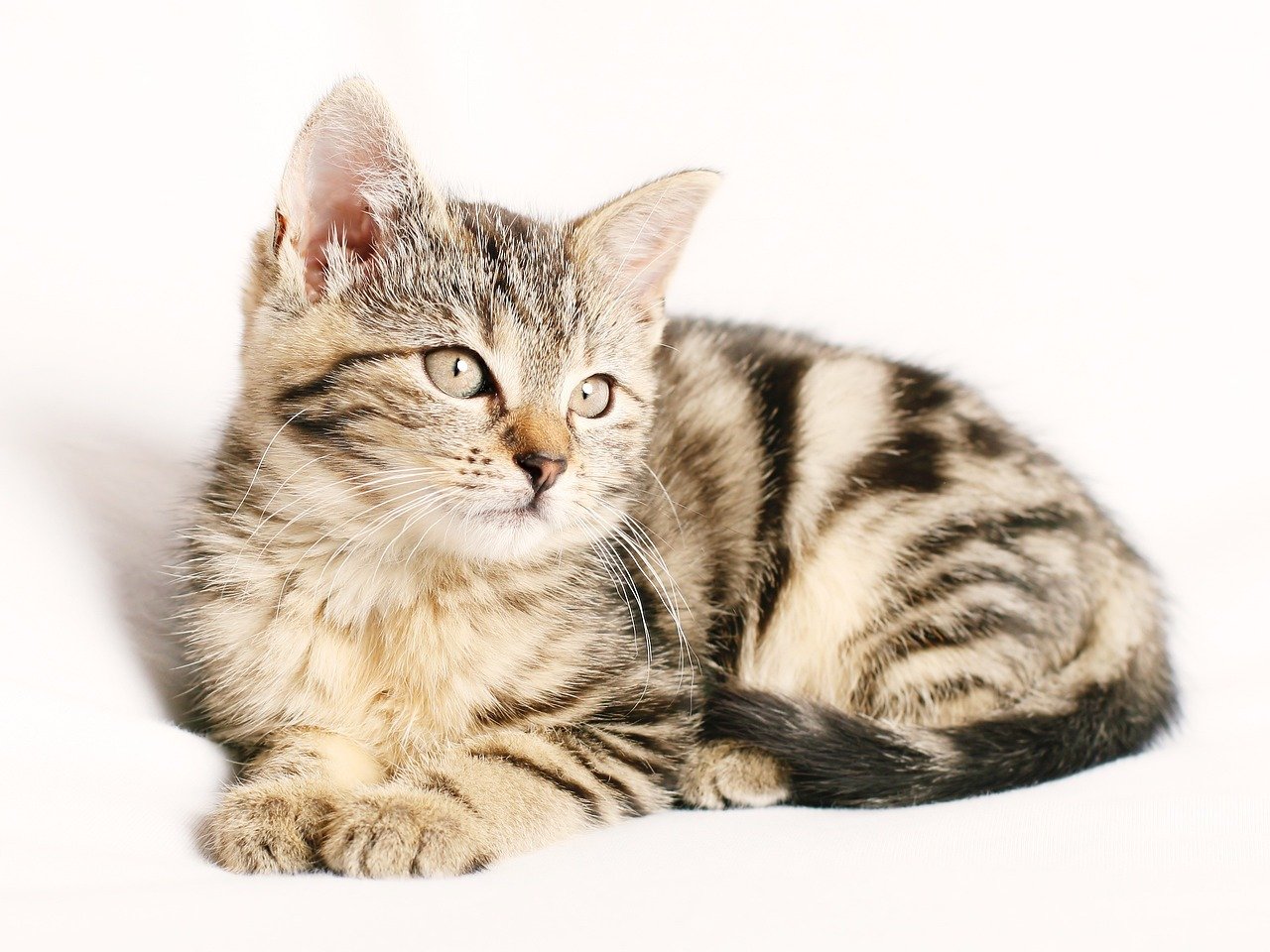
If your cat is comfortable around other animals, encouraging social interactions can be beneficial. Arrange playdates with other cats or pets they’re familiar with to provide companionship and distraction. Socialization can be a source of joy and comfort, much like meeting friends for coffee during stressful times. However, always ensure that these interactions are positive and not overwhelming for your cat.
Recognizing Signs of Distress

Being able to identify signs of distress is crucial in addressing your cat’s needs. Excessive meowing, aggression, or changes in litter box habits can indicate that your cat is struggling. Recognizing these signs allows you to take timely action, much like noticing a friend’s subtle cues for help. By being attuned to your cat’s emotional state, you can provide the necessary support to ease their transition.
Creating a Calming Environment
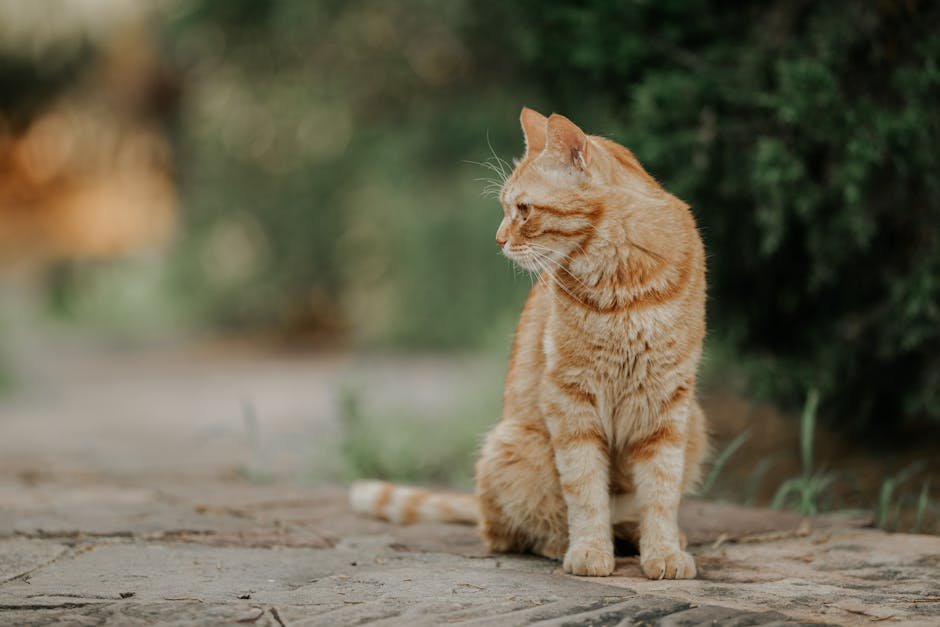
Noise, chaos, and constant activity can exacerbate stress during life changes. Creating a calm and serene environment helps your cat feel at ease. Soft lighting, gentle music, or even nature sounds can work wonders in promoting relaxation. It’s akin to setting up a peaceful retreat where your cat can unwind and recharge. A tranquil environment acts as a buffer against external stressors, making the transition smoother.
Utilizing Playtime Effectively
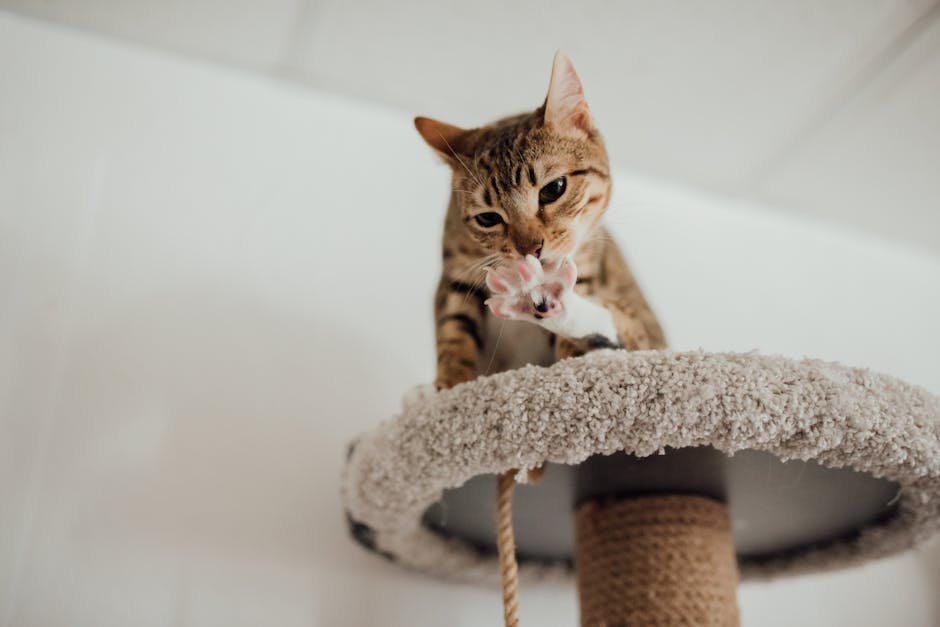
Playtime is not only fun but also a valuable tool in stress management. Engaging your cat in play helps release pent-up energy and provides a healthy outlet for any anxiety. Think of it as going for a run to clear your mind; playtime serves a similar purpose for cats. Use toys that mimic prey, such as feather wands or laser pointers, to stimulate their natural instincts and keep them engaged.
Encouraging Exploration
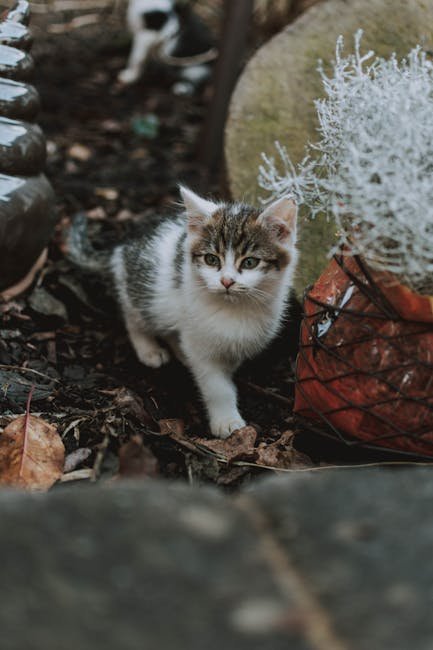
Allowing your cat to explore at their own pace can build confidence and reduce fear. Provide opportunities for them to discover new spaces, smells, and objects within a controlled environment. Exploration is like a mini-adventure, offering mental stimulation and excitement. By fostering a sense of curiosity, you help your cat become more adaptable and resilient to changes.
Strengthening Human-Cat Bond

A strong bond between you and your cat is a source of comfort during life changes. Spend quality time together, whether through cuddling, grooming, or simply sitting in the same room. This connection reassures your cat that despite the changes, your relationship remains constant. It’s like having a trusted friend by your side during challenging times, providing emotional support and security.
Recognizing When to Seek Help
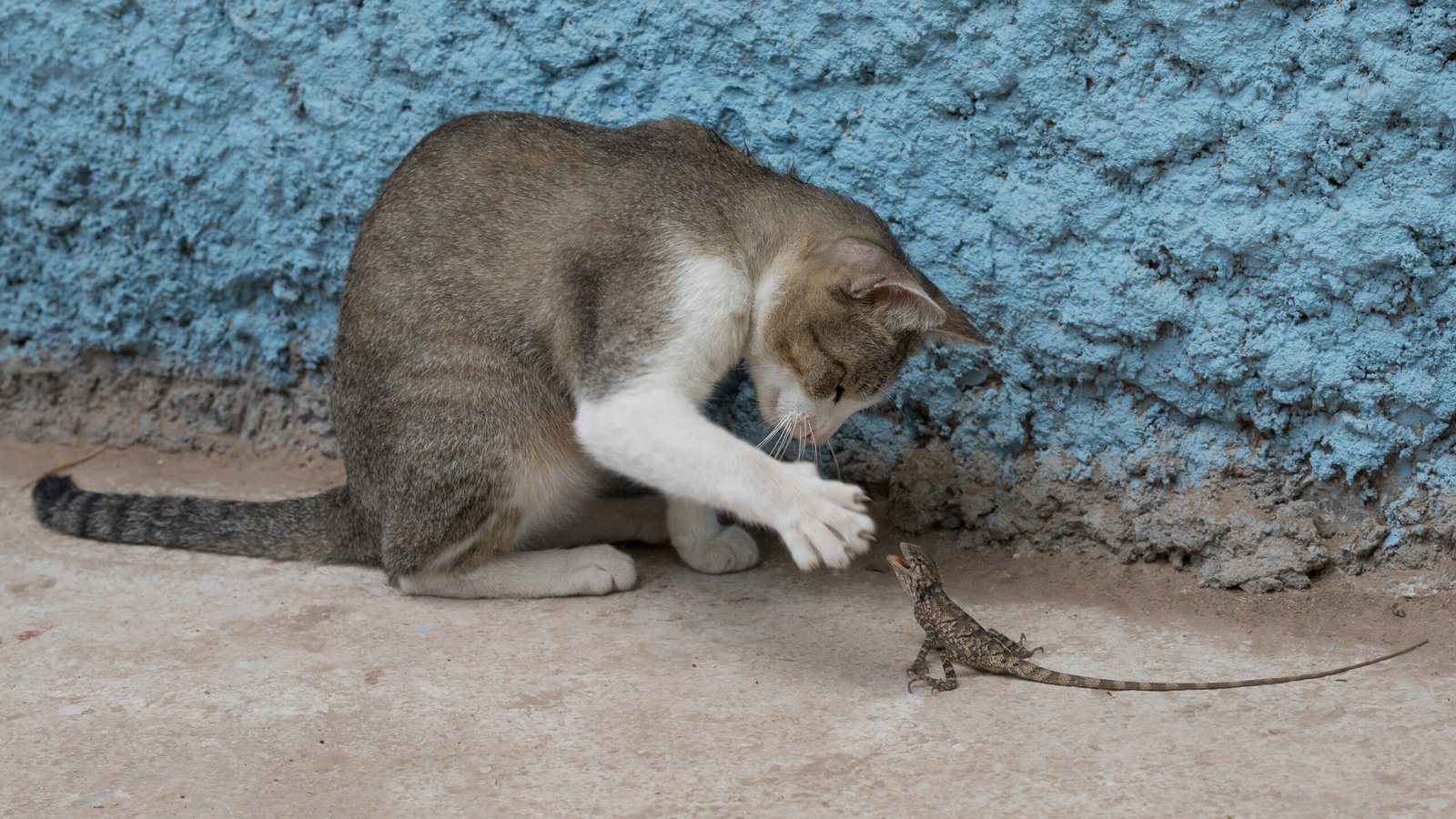
Sometimes, despite your best efforts, your cat may struggle to adjust. Recognizing when to seek help from a professional is essential. Animal behaviorists or therapists can offer specialized guidance and interventions. It’s similar to consulting an expert when faced with a complex problem; their expertise can provide clarity and solutions. Seeking help ensures that your cat receives the necessary support to thrive amidst change.
Helping your cat navigate a major life change requires patience, understanding, and a proactive approach. By creating a supportive environment and addressing their emotional and physical needs, you can ease their transition and strengthen your bond. Remember, every cat is unique, and your attentiveness makes all the difference in ensuring their happiness and well-being.
Hi, I’m Bola, a passionate writer and creative strategist with a knack for crafting compelling content that educates, inspires, and connects. Over the years, I’ve honed my skills across various writing fields, including content creation, copywriting, online course development, and video scriptwriting.
When I’m not at my desk, you’ll find me exploring new ideas, reading books, or brainstorming creative ways to solve challenges. I believe that words have the power to transform, and I’m here to help you leverage that power for success.
Thanks for stopping by, Keep coming to this website to checkout new articles form me. You’d always love it!






